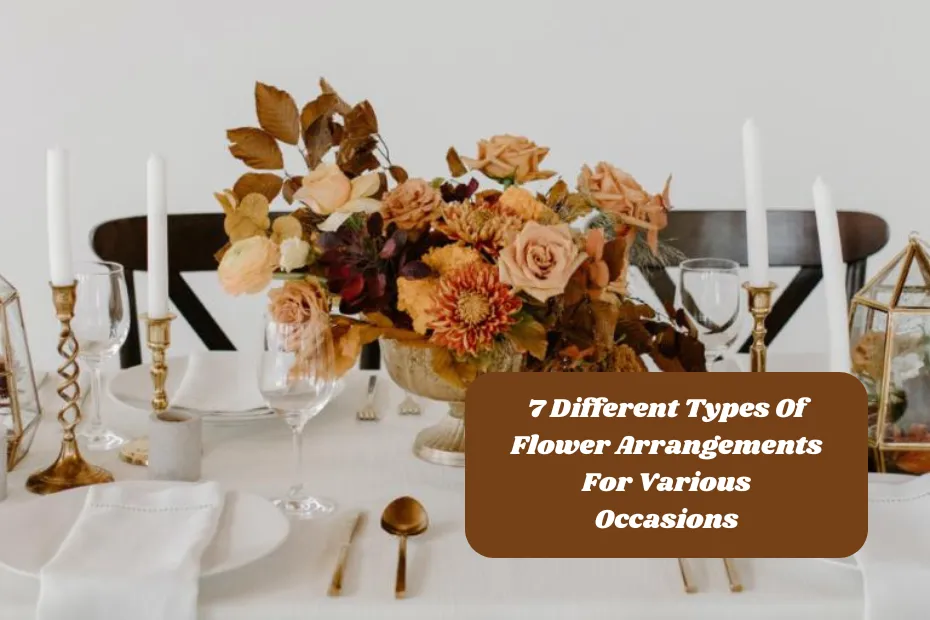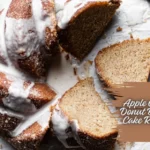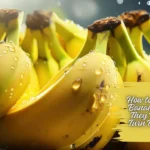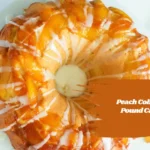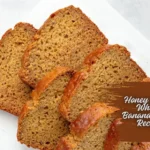Flowers improve the attractiveness of any event and offer a special means of expressing feelings. Whether it’s a birthday, a wedding, or a small token of thanks, floral arrangements are absolutely vital in expressing your feelings.
We’ll look at the “7 Different Types of Flower Arrangements for Various Occasions” in this article to guide your flower display selection.
From classic bouquets to modern designs, sophisticated cascade arrangements to understated Ikebana, every style has unique appeal and meaning. Find out how these different floral designs could accentuate your particular events even more.
1. Traditional Floral Bouquets
Possibly the most identifiable type of floral arrangement is a traditional bouquet. Usually, these bouquets are made of a selection of flowers placed harmonically and aesthetically appealing together.
Often chosen for their complementing colors, different textures, and varied sizes, the flowers used in traditional bouquets create a balanced and visually pleasing arrangement. Usually accented with foliage like ferns and baby’s breath, classic bouquets feature roses, lilies, daisies, and carnations.
Traditional bouquets are classic for events including Valentine’s Day, anniversaries, and weddings. Perfect for conveying sincere sentiments, they represent love, devotion, and respect.
To add even more beauty, florists sometimes wrap these bouquets in beautiful paper or set them in vases. Traditional bouquets’ adaptability lets one create them to fit certain tastes and the particular event, therefore guaranteeing that every arrangement is original and distinct.
Furthermore, the scent of the flowers adds even another level of sensory pleasure, hence classic bouquets are a beloved present for any kind of celebration.
2. Ikebana
Ikebana is the Japanese art of floral arrangement sometimes referred to as “the way of flowers.” Ikebana stresses simplicity, balance, and the harmony between the flowers and the container rather than Western floral arrangements that center volume and color.
Deeply ingrained in Japanese society, this art style frequently represents the changing seasons using certain flowers and plants to mark different times of year. Simplicity, asymmetry, and utilization of negative space—which lets every piece be appreciated separately—define Ikebana compositions.
From little get-togethers to official events, the ideas of Ikebana may be used in many contexts. It is very appropriate for establishing a calm and reflective environment, hence it is a common option for tea ceremonies, meditation areas, and traditional Japanese festivities.
Ikebana practitioners take enormous care in arranging each stem and leaf; they frequently use branches, leaves, even pebbles to produce a natural and balanced composition. This painstaking method produces not just aesthetically pleasing layouts but also ones with awareness and peace.
3. Contemporary Floral Arrangements
Modern floral designs challenge conventional design guidelines and provide a more avant-garde, creative approach to floral arrangement. These designs can call for unusual materials, strong color combinations, and distinctive constructions.
To give their arrangements texture and interest, florists experimenting with modern designs could use glass, cloth, or wire. Modern designs make use of startling looks and standout abilities of the flowers utilized, including proteas, anthuriums, and orchids.
Appropriate for modern occasions including corporate meetings, fashion presentations, and art gallery openings, modern floral designs grab attention and make a statement.
Attracting individuals who value modern art and design, they portray a feeling of inventiveness and originality. Modern designs let florists experiment with different forms, heights, and materials to produce a really distinctive item, therefore generating countless options. Usually serving as focal points and discussion starters, these layouts improve the general look of the event.
4. Cascade Bouquets
For formal gatherings and weddings, cascade bouquets—also called shower bouquets—are a common choice. Flowers in these configurations flow downhill to provide a waterfall impression.
Brides who want to make a big impression would be ideal candidates as the cascading design lends drama and elegance. Because they can drape elegantly, usually used in cascade bouquets include roses, orchids, lilies, and ivy.
Since the flowers must be placed to provide a balanced and unified appearance, the design of cascade bouquets calls for great degree of talent. To help the arrangement’s structure, florists frequently employ floral foam or a unique bouquet container.
By selecting flowers and foliage that complement the subject and color scheme of the event, one may create a unique and unified appearance. Often reflecting love, beauty, and wealth, cascade bouquets are not only visually beautiful but also quite significant.
5. Posy Bouquets
Usually carried in one hand, posy bouquets are tiny, circular configurations. Bridesmaids, flower girls, and for presenting as a gift on many different events they are a popular choice.
Posy bouquets are easy to carry and present because of their small size; their basic yet exquisite shape lets the beauty of every flower show. Often enhanced with foliage and filler flowers like baby’s breath, common flowers used in posy bouquets are roses, peonies, tulips, and ranunculus.
From weddings and anniversaries to birthdays and graduations, posy bouquets are flexible and easily tailored to fit any occasion. Their simplicity and the deliberate choice of flowers that accentuate one another appeal.
To add a decorative element, florists can wrap the stems in ribbon or lace, therefore enhancing the bouquet’s uniqueness. Despite their tiny scale, posy flowers may have a significant influence as they accentuate every event with a little elegance and finesse.
6. Basket Arrangements
Flower arrangements in a basket produce a rustic and lovely appeal. Birthdays, anniversaries, and holidays are just a few of the events for which these settings fit.
The basket accentuates the whole attractiveness of the arrangement by acting as both a decorative accent and a container. With common selections including roses, daisies, chrysanthemums, and sunflowers, flowers and foliage are typically used by florists to provide a complete and rich look.
Basket arrangements’ adaptability qualifies them for both formal and informal gatherings. Any area would benefit from their natural beauty whether they were set on counters, shelves, or tables. Gift-giving also favors basket arrangements as they are portable and may be enjoyed over several days.
Every arrangement is individual and personal as the choice of basket and flowers may be customized to fit the occasion and the taste of the receiver. Using a basket also lets one construct imaginative patterns by arranging flowers in different heights and orientations to provide a dynamic and aesthetically pleasing show.
7. Wreaths
From celebrations to memorials, wreaths—circular configurations of flowers and foliage—can be utilized for a range of events. Though they are also used for weddings, funerals, and other occasions, they are typically connected with holidays like Christmas and Easter.
For many events, wreaths represent eternity and the circle of life, therefore reflecting a significant decision. Common wreath components are evergreens, holly, pinecones, and flowers like roses, lilies, and chrysanthemums.
Making a wreath is arranging the components in a circular pattern usually on a foundation of wire, foam, or grapevine. The leaves and flowers are fastened to provide a harmonic and balanced appearance.
Any place will benefit from a little natural beauty provided by wreaths hanging on walls, doorways, or used as centers of attention. By selecting flowers and vegetation that fit the event and personal tastes, one may create a great variety of patterns and styles. Wreaths are a classic and flexible kind of floral arrangement whether they are used for celebration or memorial.
Conclusion
Flower arrangements are statements of love, joy, and memory, not only beautiful accents. Knowing the many forms of floral displays can help you choose the ideal one for any occasion.
There’s a flower arrangement to fit every occasion and feeling whether your taste is for the classic beauty of conventional bouquets, the artistic flare of modern designs, or the peaceful grace of Ikebana. Allow these seven varieties of floral designs to motivate you to capture priceless events using the inherent beauty of flowers.
What are the most popular types of flower arrangements for weddings?
Traditional bouquets, cascade bouquets, and posy bouquets are among the most popular flower arrangements for weddings, each offering a unique style and elegance to complement the bride and the overall wedding theme.
How do I choose the right flower arrangement for a formal event?
For formal events, consider contemporary floral arrangements or cascade bouquets. These styles are elegant and sophisticated, making a striking impression suitable for upscale occasions.
